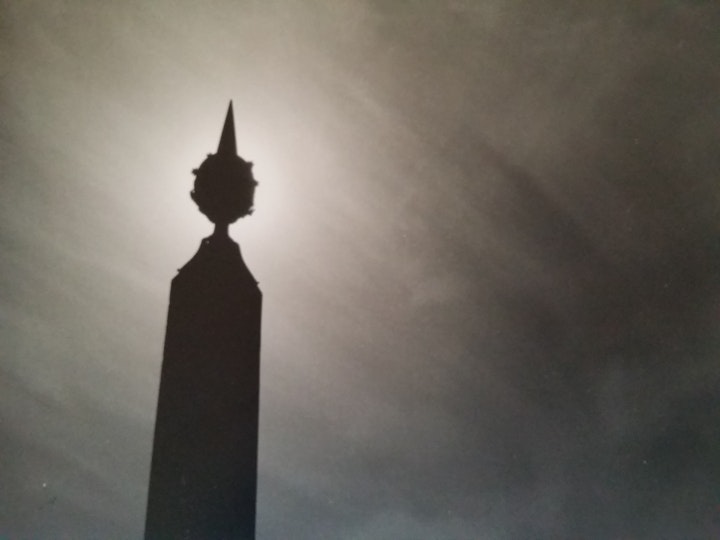
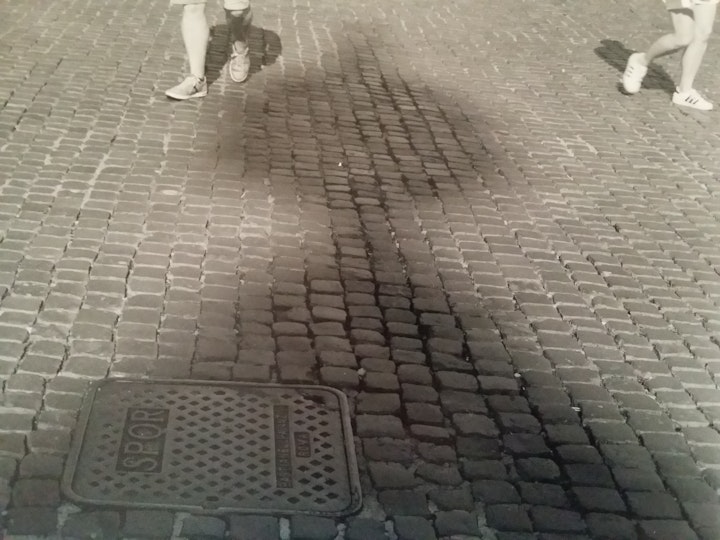
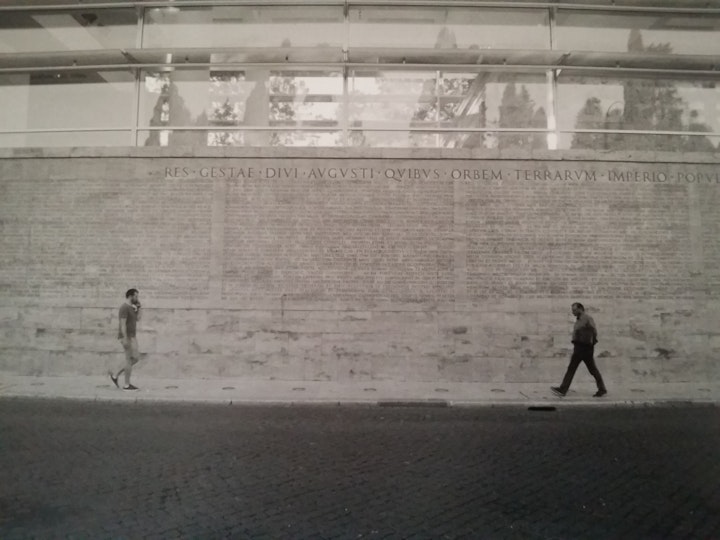
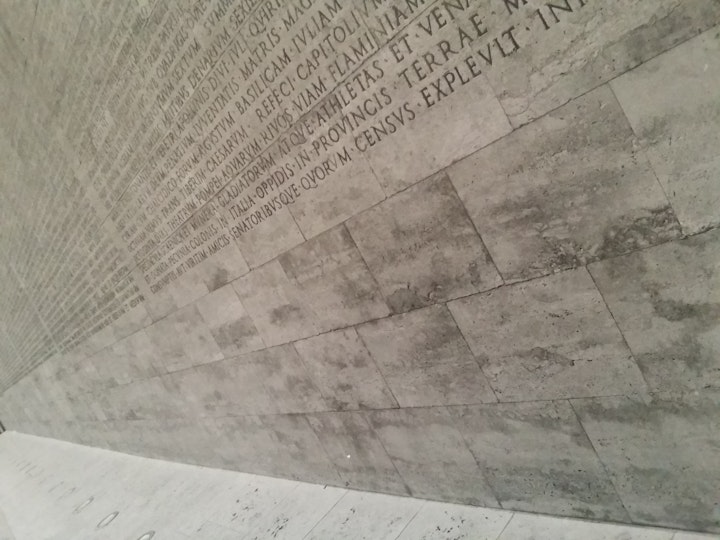
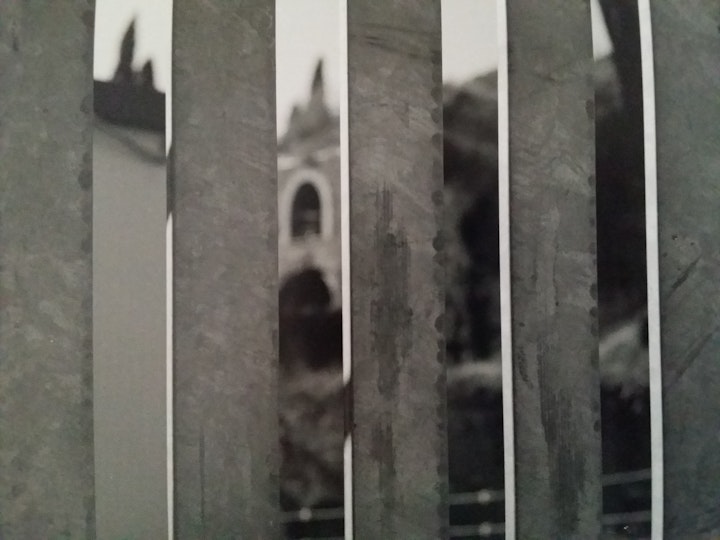

Collective Traces is a series that explores the political use of architecture.
The rise of fascist totalitarianism across Europe in the 1920s and 1930s drew inspiration from its reverence of ancient civilization. In Italy, monuments of the Roman Empire, hidden for millennia, were renewed and used for regime propaganda and justified empire expansion and war. Mussolini identified himself with Caesar Augustus. In particular, Augustus’s Altar to Peace (Ara Pacis) and his propagandist ‘Deeds of the Divine Augustus’ (Res Gestae) were resurrected and reconstituted by Mussolini and set alongside Augustus’s Mausoleum, which had been specially ‘liberated’ and surrounded by Fascist architecture. Hitler expressed keen interest in the site.
The project considers this urban legacy, and our troubled responses today. ‘Forgetfulness is as revealing about the mechanisms for creating collective memory as anything else’ (Jacques Le Goff).
With special thanks to the British School At Rome, ICCROM and the Swedish Institute in Rome.